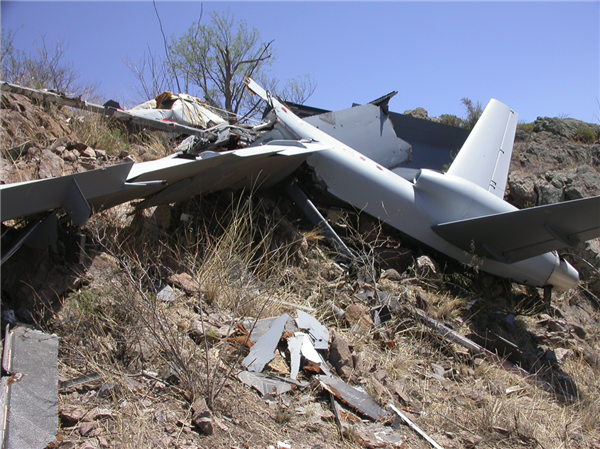by •

Almost every day of our lives, we calculate risk from walking in a dark kids room avoiding a BFLE (barefoot LEGO event) to picking the line at target least likely to need a price check. if you are a commercial UAS operator, these risk can be more often than not mitigated. This can sometimes end in loosing revenue at the expense of maintaining safety and your companies reputation.
If you find yourself doing a bit of R&D on several job sites, using the words “we will see” with a client or, mumbling under your breath “i hope this works”, chances are you haven’t done much risk mitigation. If you have done the work to attain your 333, you have the intellect to go through this process prior to the first lift on site. We have found that the more specific the questionnaire is about the job, the easier the process.
Risk mitigation of some job sites could go from hard hats to safety orange color on the UAS. Google earth may not always be up to date with power lines, structures and other current risks on the site. There are several apps for judging distance from airports, hospitals and, restricted areas. With new apps coming out regularly, deal breakers are easier than ever to find before you commit.
So now the prep work is done and you are packing your system up to head to the job site. Redundancy is king in real aircraft and should be considered in very important in the UAS industry. Everyone has their own level that they are comfortable with, ours tends to be weighted on distance to the job site. The bottom line here is your personal comfort level, you tend to do a better job if you feel comfortable about the job in general. This process can be addressed in your companies SOP’s to take out all of the guess work.
We have ears, lets use them! Helicopters are not known for their blazing speed (except for airwolf). You can generally hear them coming far enough away to put the helo guys at ease by maneuvering out of their flight path. Yes the 500’ thing but, i find its just a respect thing to do for them. Also in your planning, medical choppers often go from hospital to hospital straight line, so you may want to pay attention to this when web evaluation is being done. We use voice activated headsets with earpieces, a bit too far? We find that the more informed the operator, cameraman and VO are, the better the overall job turns out to be. After flying commercially for as long as we have, we have adapted our same fly by the seat of our pants mentality to our operation. We don’t mean haphazard operations but, paying close attention to performance and sounds of our rigs. With our initial controls check at head height, we have caught many potential problems including motor going south.
While we couldn’t mitigate all of the risk without just staying on the ground, we can have a process in place that at least takes a look at known risks before waisting our time and the clients time and sacrificing our integrity and the companies integrity. This sometimes may mean a loss in revenue, and even a loss of a client. We had a client that asked about job in a class B airspace area, we explained why we had to turn it down, he called back with two more sites weeks later. Did they trust us more? well, they didn’t trust us less thats for sure.
Our industry already has enough uncalculated risk takers with a potential BFLE right around the corner that ends up on NEWS360, lets try not to be one of them. Save the testing and R&D for the right place to do so, when you get a new rig, get comfortable with it before you commit to a job with it. Intuition is a powerful tool, if you don’t feel comfortable about a job, delay it and give yourself more time for due diligence and risk mitigation. Stay informed with the industry, from rules to rigs. There are awesome pieces of wisdom from industry experts and manufactures throughout the web (sUAS being the best of course) that will further our companies.
http://www.suasnews.com/2015/10/38910/suas-risk-mitigation/